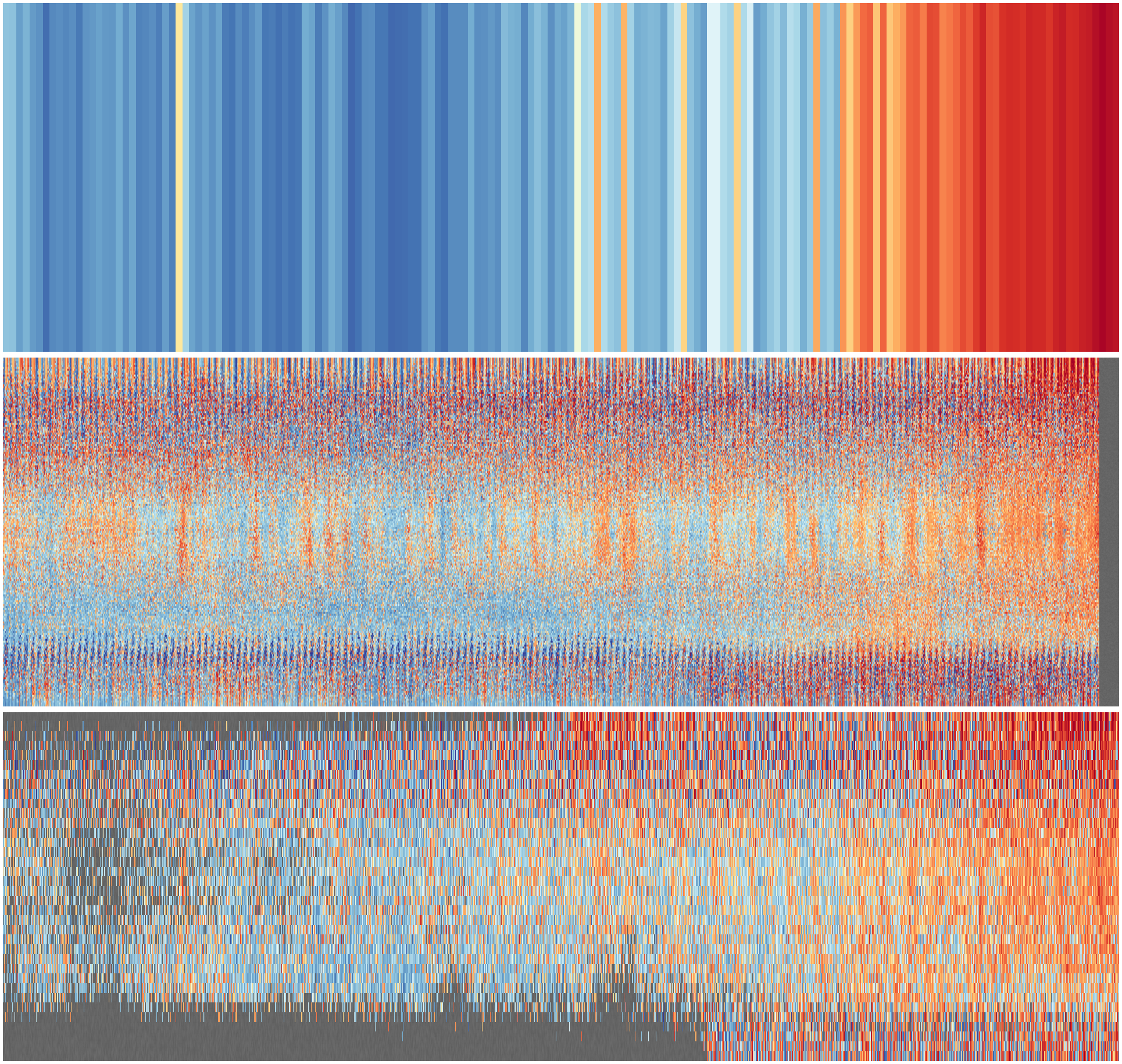# Get the sample cube for HadCRUT5
# Monthly, resolved in latitude, sampling in longitude, sampling the ensemble.
import os
import iris
import iris.coord_systems
import iris.fileformats
import numpy as np
import datetime
coord_s = iris.coord_systems.GeogCS(iris.fileformats.pp.EARTH_RADIUS)
# I want the time coordinate as datetime, not cftime
def convert_single_time(cftime_obj):
"""Convert a single cftime object to datetime"""
return datetime.datetime(
cftime_obj.year,
cftime_obj.month,
cftime_obj.day,
cftime_obj.hour,
cftime_obj.minute,
cftime_obj.second,
)
# Create vectorized version
cftime_to_datetime = np.vectorize(convert_single_time)
def get_sample_cube(
start=datetime.datetime(1851, 1, 1, 0, 0),
end=datetime.datetime(2018, 12, 31, 23, 59),
climatology=None,
new_grid=None,
rstate=None,
):
# Choose ten ensemble members (Should be half odd and half even,
# and half from 1-50, half from 51-100)
members = (1, 2, 3, 4, 5, 56, 57, 58, 59, 60)
# Might want the longitude random sampling to be reproducible
if rstate is None:
r_long = np.random.RandomState(seed=None)
else:
r_long = rstate
# The ensemble random sampling need not be reproducible
r_ensemble = np.random.RandomState(seed=None)
# Load the HadCRUT5 analysis data
h = []
for member in members:
m = iris.load_cube(
"/data/scratch/philip.brohan/HadCRUT/version_5.0.2.0/"
+ "HadCRUT.5.0.2.0.analysis.anomalies.%d.nc" % member,
iris.Constraint(time=lambda cell: start <= cell.point <= end),
)
m.coord("latitude").coord_system = coord_s
m.coord("longitude").coord_system = coord_s
# It's an anomaly dataset, but we still sometimes need a climatology
# to re-base the anomalies to a different period.
if climatology is not None:
dts = m.coords("time")[0].units.num2date(m.coords("time")[0].points)
for tidx in range(len(dts)):
midx = dts[tidx].month - 1
m.data[tidx, :, :] -= climatology[midx].data
if new_grid is not None:
m = m.regrid(new_grid, iris.analysis.Nearest())
h.append(m)
dts = h[0].coords("time")[0].units.num2date(h[0].coords("time")[0].points)
dts = cftime_to_datetime(dts)
# Pick a random longitude at each month
s = h[0].data.shape
ndata = np.ma.array(np.zeros((s[0], s[1])), mask=True)
for t in range(s[0]):
for lat in range(s[1]):
member = r_ensemble.randint(len(members))
rand_l = r_long.randint(0, s[2])
ndata[t, lat] = h[member].data[t, lat, rand_l]
return (ndata, dts)
